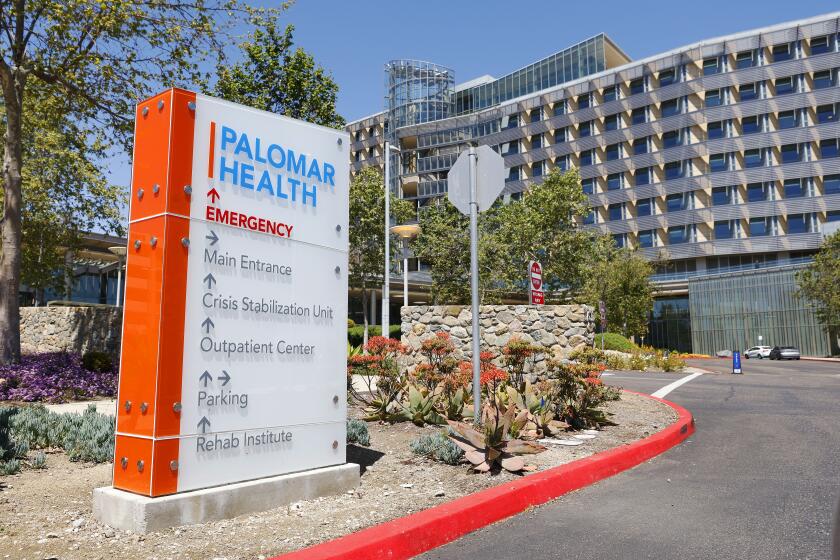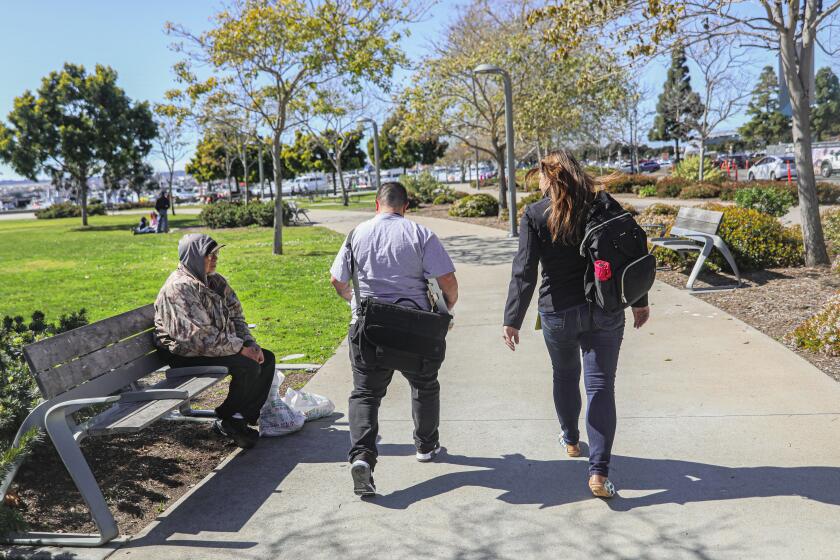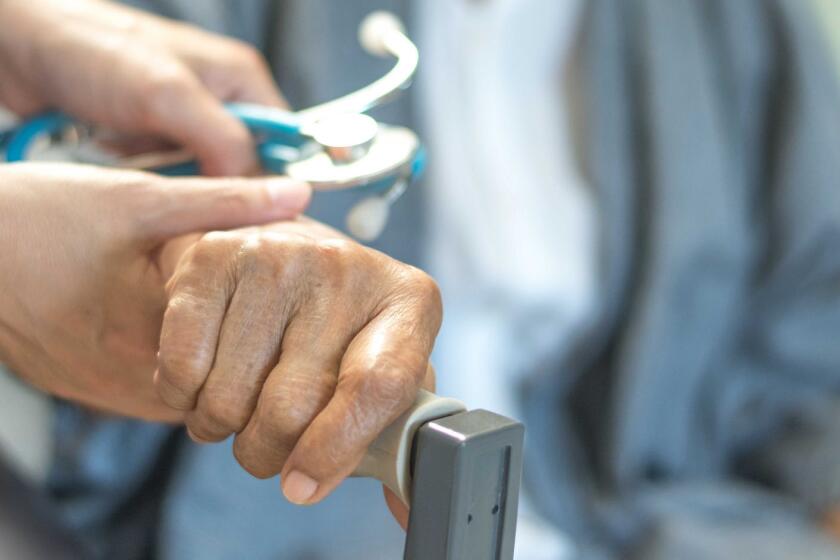Study: Regular exercise shielded COVID-19 patients from hospitalization, death
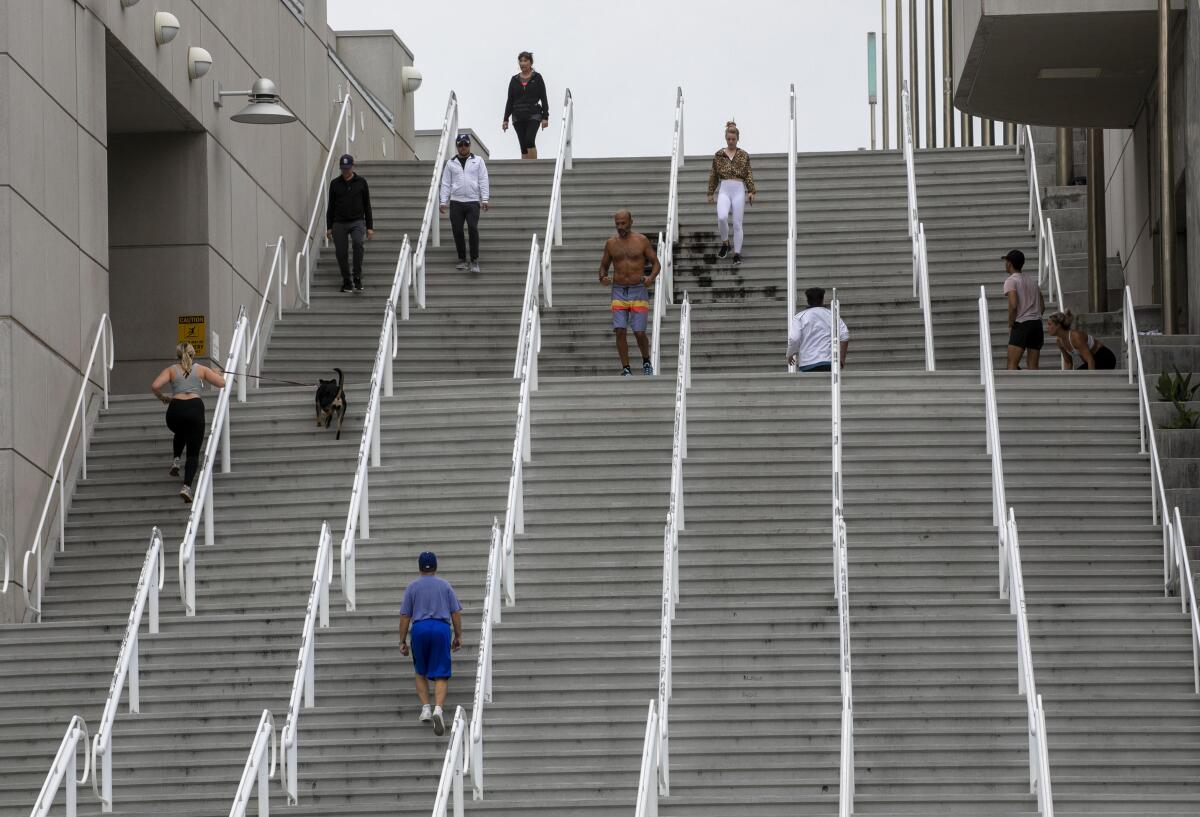
Researchers examined physical activity levels among more than 48,000 Kaiser patients in Southern California
Regular exercise habits appear to be just the thing for shaking off severe COVID-19 complications, according to a new study of more than 48,000 Kaiser Permanente patients in Southern California.
Kaiser members who reported that they were regularly engaging in at least 150 minutes of moderate-to-strenuous exercise per week — essentially a brisk walk or better — when they were diagnosed with COVID-19 had significantly lower odds of hospitalization, intensive care unit admission and death than those who estimated their weekly efforts at 10 minutes or less.
The results were less dramatic, but still visible, for those who said they exercised for between 10 and 149 minutes per week.
Researchers found that the risk of hospitalization for those with low activity levels was more than twice as high as for those who got moving for at least 2.5 hours every week. Low activity levels also correlated with death rates that were about 2.5 times higher than they were for those with high activity levels.
Consistent physical inactivity was found to be a more severe risk factor than pre-existing heart disease, diabetes, kidney disease and high blood pressure among the group of patients studied. Only having had a previous organ transplant or pregnancy at the time of infection correlated with greater odds of COVID-related hospital admission.
Dr. James Sallis, a professor emeritus at UC San Diego’s Herbert Wertheim School of Public Health and co-author of the paper, said the findings reinforce what research has consistently and increasingly shown across many types of disease.
“Physical activity is one of the most powerful producers of health that exists, and yet it’s basically ignored in most medical care,” he said.
For years the empirical evidence has been growing stronger in cancer, for example. Cancer patients with seven main types of disease have been shown to have measurably-better outcomes if they keep exercising during their course of illness.
Kaiser, as it happens, was perfectly positioned to study physical activity among the coronavirus positive due to an initiative begun in 2009 that asks all patients to estimate their exercise levels during routine office visits.
A research team led by Dr. Robert Sallis, a Kaiser sports medicine specialist in Fontana unrelated to his colleague at UCSD, analyzed the aggregated electronic health record data of 48,440 Kaiser patients across Southern California who had COVID-19 diagnoses between Jan. 1 and Oct. 21, 2020, choosing only those who estimated their activity levels at least three times in the previous two years.
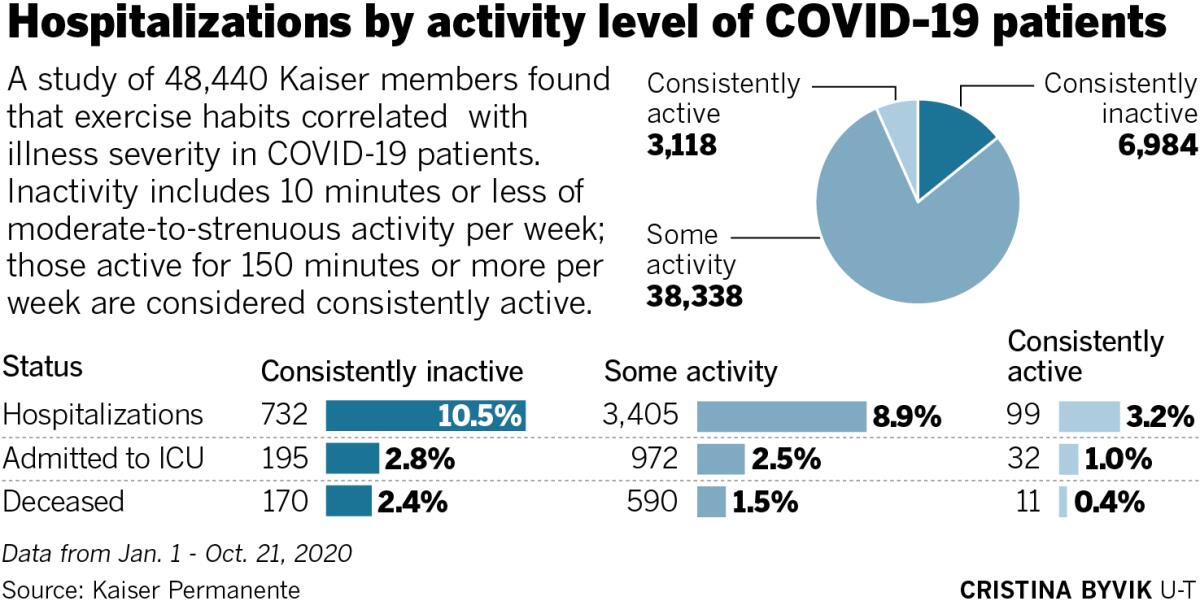
Because health records reflect data generally recorded before patients tested positive, they indicate ongoing pre-existing exercise habits. After all, COVID-19 symptoms generally impinge upon even well-established workout routines.
Anne Swisher, a professor of physical therapy at West Virginia University who has studied the health effects of physical activity extensively, said the paper’s conclusions were exciting. She said Kaiser’s initiative to record physical activity as a vital sign in the same way that factors such as height, weight and blood pressure are routine parts of each office visit is industry leading.
She cautioned the public to avoid thinking of those who are not exercising enough as lazy. In many cases, those who aren’t moving much may have an illness or other condition that makes their life more sedentary than they would like.
“Individuals who are very sedentary may have the greatest barriers to physical activity such as having significant mobility challenges like being wheelchair users,” Swisher said.
James Sallis, who has spent much of his career studying the effects of exercise on overall health, said that the results should be a wake-up call for the public health community.
He said that though he and his colleagues urged that a call for maintaining as much exercise as possible be a major part of the pandemic message alongside pleas for hand washing and mask wearing, that urging generally fell upon deaf ears.
It felt like a missed opportunity, Sallis said, because there is plenty of research that shows that compounds critical to immune system function, and to inflammation reduction, are produced by the body’s muscles.
“We feel like our concerns about physical activity were not being prioritized during the pandemic, when the message was generally to stay home,” Sallis said. “We hope that the data in this paper will be seen as good evidence that we cannot ignore the power of physical activity during our response to a pandemic.
“A message that physical activity could protect you from ending up in the hospital, in my view, could have saved many lives over the past year, but I would also say it’s not too late to get started.”
Swisher agreed.
It couldn’t hurt, she said in an email, to remind the public as often as possible that exercise is good medicine at a time when everything is locked down and screen time is on the rise.
“Physical activity is a ‘medicine’ with extremely few adverse effects,” she said.
The study was first published online in the British Journal of Sports Medicine Tuesday.
Get Essential San Diego, weekday mornings
Get top headlines from the Union-Tribune in your inbox weekday mornings, including top news, local, sports, business, entertainment and opinion.
You may occasionally receive promotional content from the San Diego Union-Tribune.




